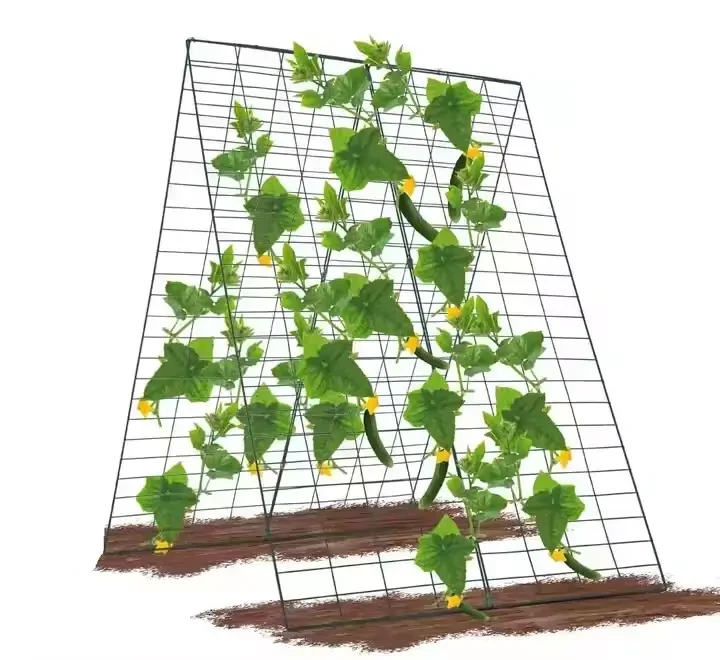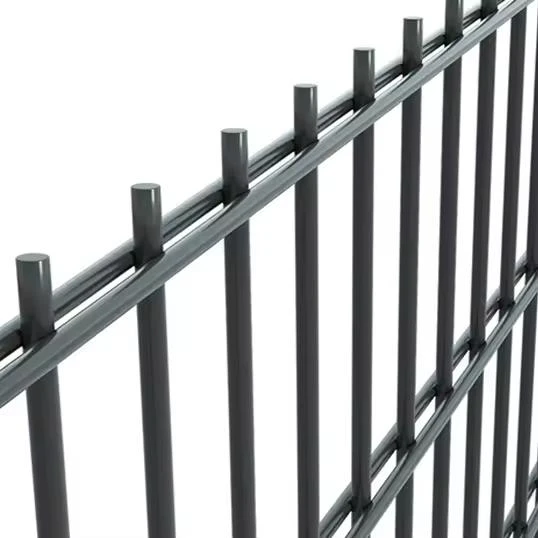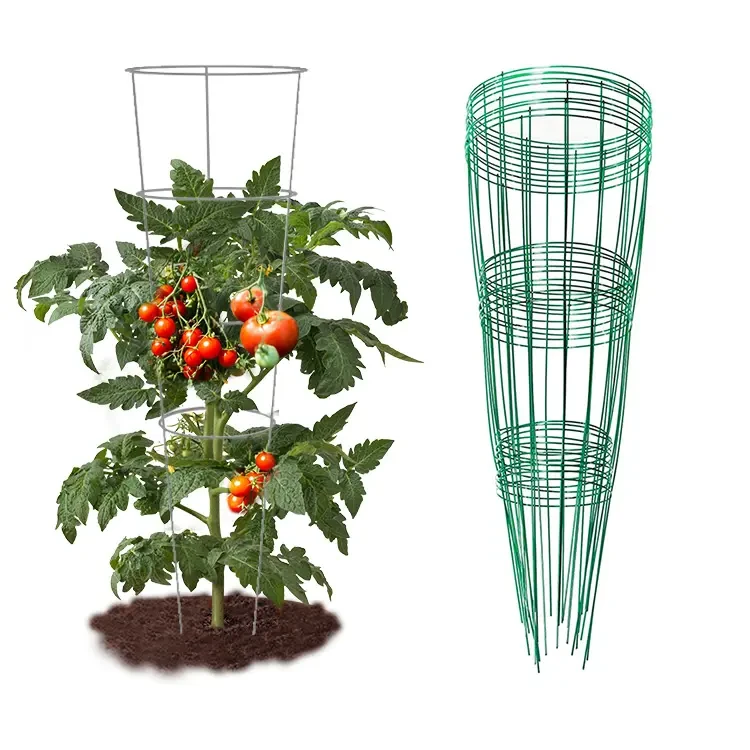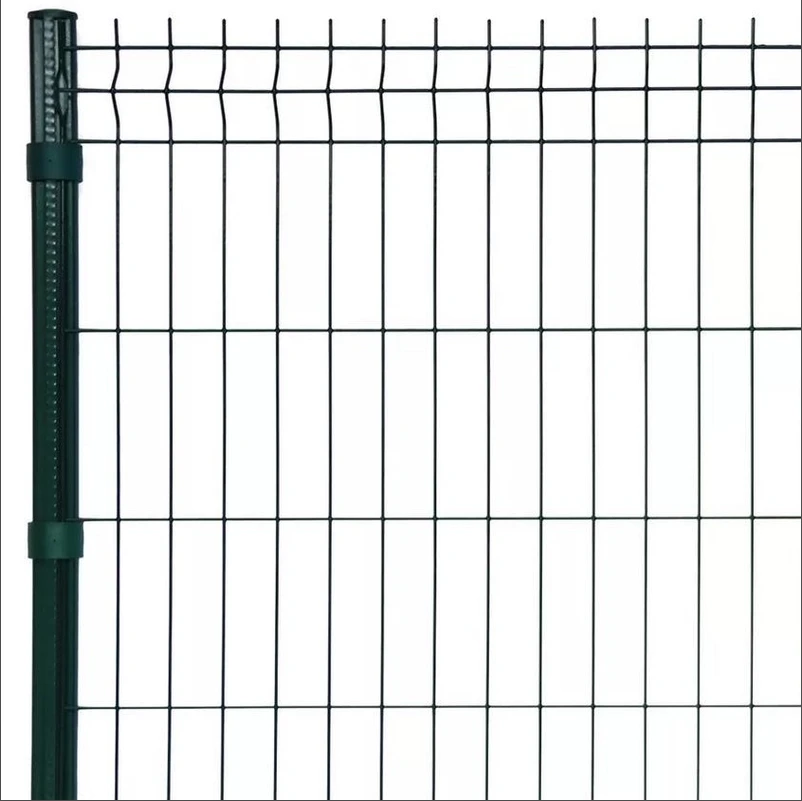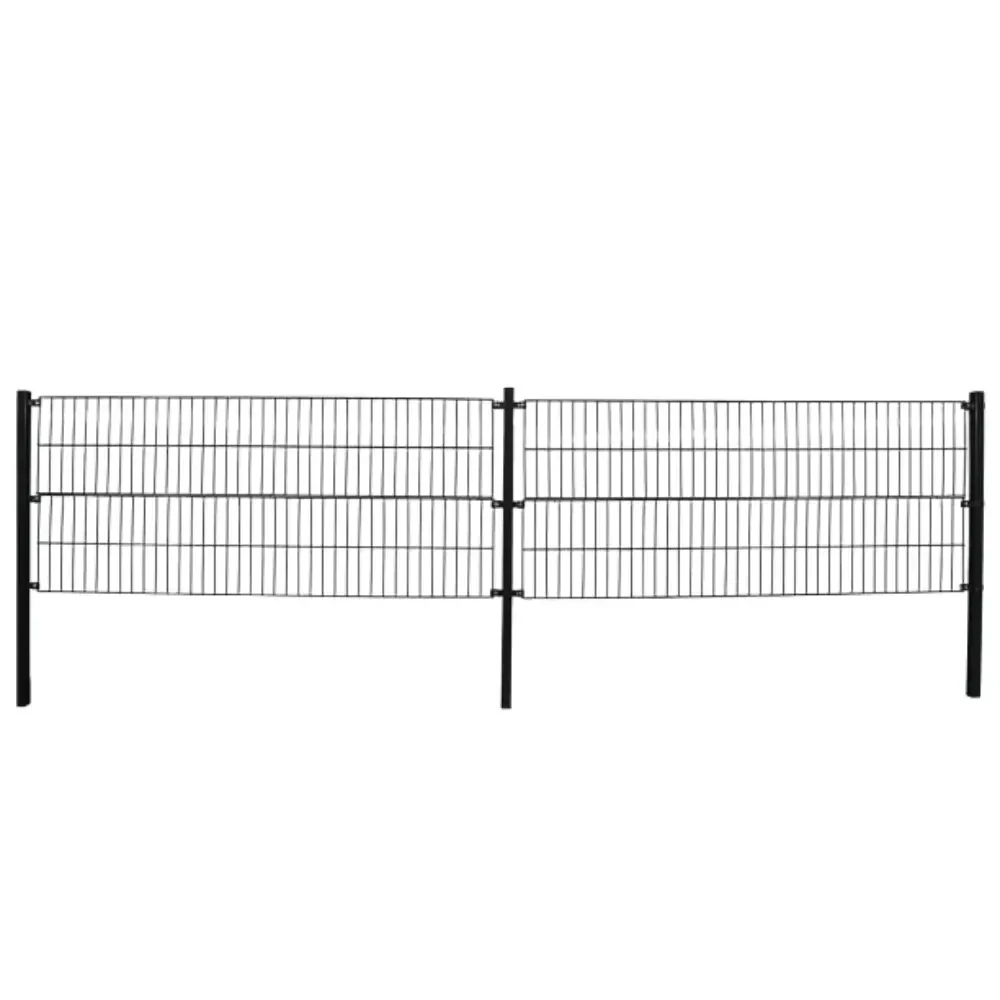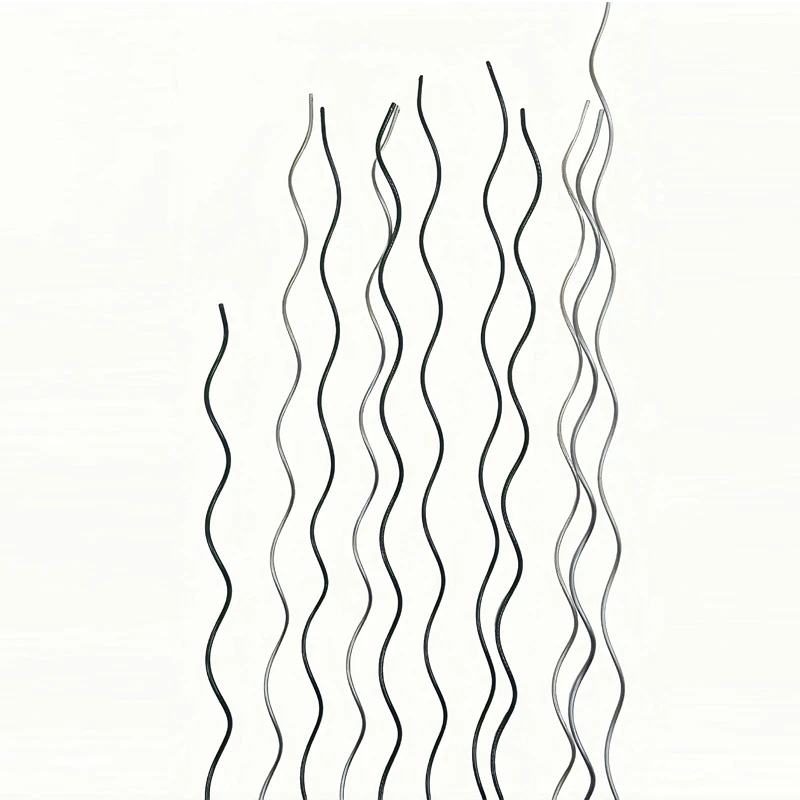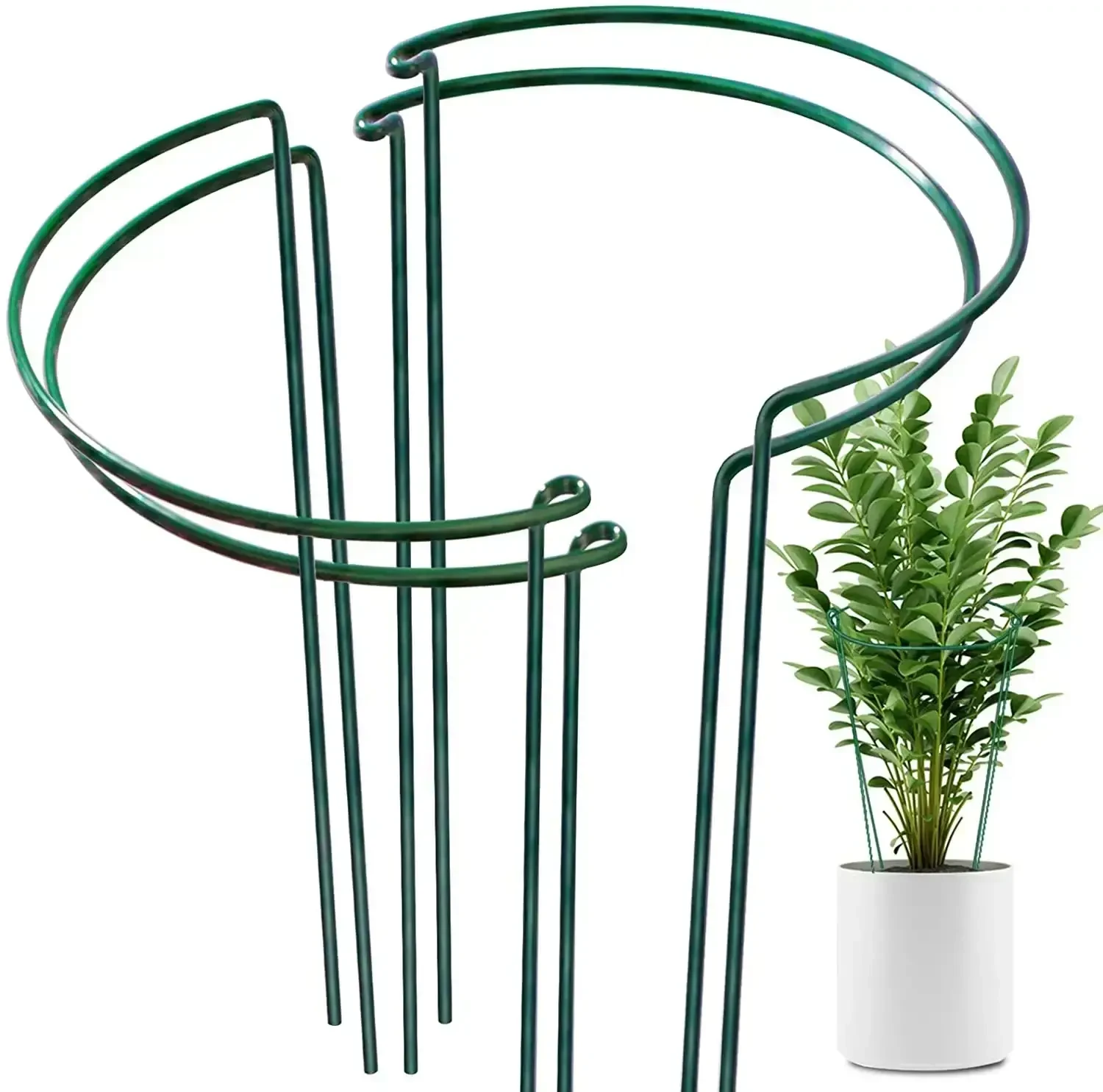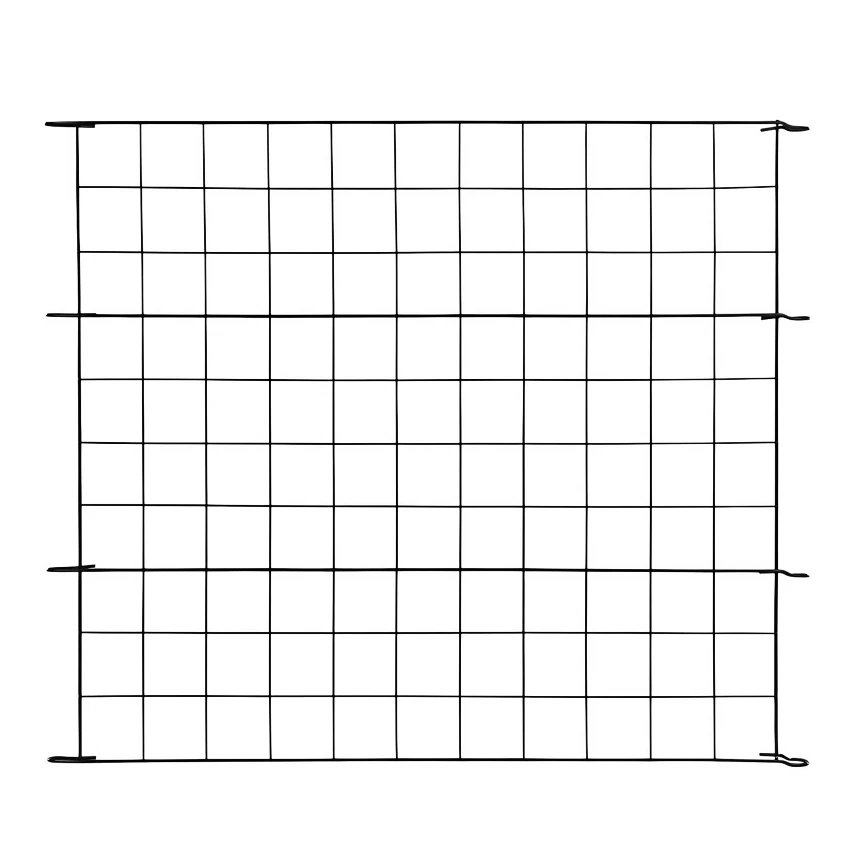-

-
 Whatsapp:+86 17732187393
Whatsapp:+86 17732187393 -


- Afrikaans
- Albanian
- Amharic
- Arabic
- Armenian
- Azerbaijani
- Basque
- Belarusian
- Bengali
- Bosnian
- Bulgarian
- Catalan
- Cebuano
- Corsican
- Croatian
- Czech
- Danish
- Dutch
- English
- Esperanto
- Estonian
- Finnish
- French
- Frisian
- Galician
- Georgian
- German
- Greek
- Gujarati
- haitian_creole
- hausa
- hawaiian
- Hebrew
- Hindi
- Miao
- Hungarian
- Icelandic
- igbo
- Indonesian
- irish
- Italian
- Japanese
- Javanese
- Kannada
- kazakh
- Khmer
- Rwandese
- Korean
- Kurdish
- Kyrgyz
- Lao
- Latin
- Latvian
- Lithuanian
- Luxembourgish
- Macedonian
- Malgashi
- Malay
- Malayalam
- Maltese
- Maori
- Marathi
- Mongolian
- Myanmar
- Nepali
- Norwegian
- Norwegian
- Occitan
- Pashto
- Persian
- Polish
- Portuguese
- Punjabi
- Romanian
- Russian
- Samoan
- scottish-gaelic
- Serbian
- Sesotho
- Shona
- Sindhi
- Sinhala
- Slovak
- Slovenian
- Somali
- Spanish
- Sundanese
- Swahili
- Swedish
- Tagalog
- Tajik
- Tamil
- Tatar
- Telugu
- Thai
- Turkish
- Turkmen
- Ukrainian
- Urdu
- Uighur
- Uzbek
- Vietnamese
- Welsh
- Bantu
- Yiddish
- Yoruba
- Zulu
types of farm fencing styles
Types of Farm Fencing Styles
Fencing is a vital aspect of farm management and plays a crucial role in protecting livestock, crops, and property. The choice of fencing style depends on various factors, including the type of animals being enclosed, the terrain of the land, the purpose of the fence, and budget considerations. In this article, we will explore different types of farm fencing styles, their advantages and disadvantages, and their suitability for various farming operations.
1. Barbed Wire Fencing
Barbed wire fencing is one of the most common types of farm fencing due to its affordability and effectiveness in containing livestock. It consists of wire strands with barbs at regular intervals to deter animals from pushing against them. This fencing style is particularly popular for cattle ranches and large properties, as it can cover extensive areas at a low cost.
Advantages - Cost-effective for large areas - Durable and long-lasting - Effective for containing larger livestock
Disadvantages - Not suitable for smaller animals; can injure them - Requires regular maintenance to avoid rusting and deterioration
2. Electric Fencing
Electric fencing is an increasingly popular choice for farmers. It consists of wire that carries an electric current, delivering a mild shock to animals that touch it. This fencing style is versatile and can be used for various types of livestock, including pigs, sheep, and cattle.
Advantages - Highly effective in keeping animals contained - Can be temporary or permanent - Deterrent for predators - Lower material costs compared to other fencing styles
Disadvantages - Requires a power source, which can be an issue in remote areas - Needs maintenance to ensure the system works effectively - Can be dangerous if not properly installed
3. Wooden Fencing
Wooden fencing, often seen in picturesque countryside settings, provides aesthetic appeal and can serve as a robust barrier for livestock. It can be constructed as solid panels or as post-and-rail fences. Wooden fences are popular for smaller farms and are particularly favored for horses.
Advantages - Attractive appearance - Strong and durable, especially with proper treatment - Suitable for various types of livestock
Disadvantages - Higher initial cost compared to wire fencing - Requires regular maintenance to prevent rot and decay - Can be more challenging to install
types of farm fencing styles
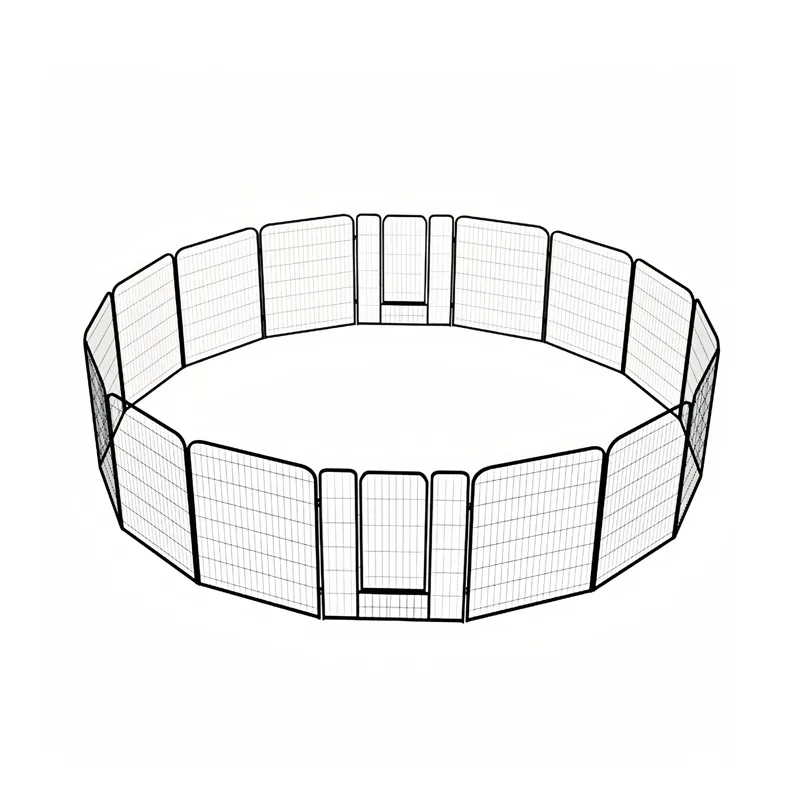
4. Chain Link Fencing
Chain link fencing is made of interwoven steel wire, forming a sturdy and open structure. While it is more commonly used in urban areas, it has its place in agriculture, particularly for protecting small animals or securing areas such as gardens and poultry yards.
Advantages - Durable and long-lasting - Provides visibility while still offering security - Low maintenance
Disadvantages - Not effective for larger livestock containment - Can be costly for large-scale applications
5. Vinyl Fencing
Vinyl fencing is a modern alternative to wood and provides a similar aesthetic without the maintenance issues associated with wooden posts and rails. Although more expensive upfront, vinyl fences are durable, weather-resistant, and do not require regular painting or staining.
Advantages - Low maintenance required - Available in various styles and colors - Resistant to rot, insects, and fading
Disadvantages - Higher initial investment - Can be less sturdy than wood in extreme conditions
6. Field Fencing
Field fencing, also known as stock fencing, is designed primarily for ranches and farms featuring livestock. This fencing style consists of woven wire that creates a barrier for animals, providing security and containment.
Advantages - Ideal for containing a variety of livestock types - Durable and withstands various weather conditions - Available in different heights to accommodate different animals
Disadvantages - Higher installation cost compared to barbed wire - Can require additional posts and support for stability
Conclusion
Choosing the right type of farm fencing is critical for maintaining livestock safety and enhancing farm productivity. Each fencing style has its unique set of advantages and disadvantages, and farmers must carefully consider their specific needs, budget, and the type of livestock they are managing. By understanding the characteristics of various fencing options, farmers can make informed decisions that will last for years to come, ensuring the security and efficiency of their farming operations. With proper planning and maintenance, any of these fencing styles can fulfill the demands of modern agriculture.
-
Modern Single Gate Design Iron for Home Stylish Single Main Entrance Iron Gates Secure Single Door Gate DesignNewsJul.08,2025
-
High-Quality Galvanized Wire Mesh Sheets - Durable & Versatile Mesh Sheets for Multi-Purpose UseNewsJul.08,2025
-
Tomato Plant Metal Support – Durable Spiral & Tower Plant Supports for Healthy GrowthNewsJul.07,2025
-
19 Gauge PVC Coated Hardware Mesh – Durable & Rustproof, Ideal for FencingNewsJul.07,2025
-
14 Single Driveway Gate – Durable, Secure & Easy-Install OptionsNewsJul.06,2025
-
Premium Aluminium Fence Vertical Slats - Durable, Stylish & Easy InstallationNewsJul.06,2025
